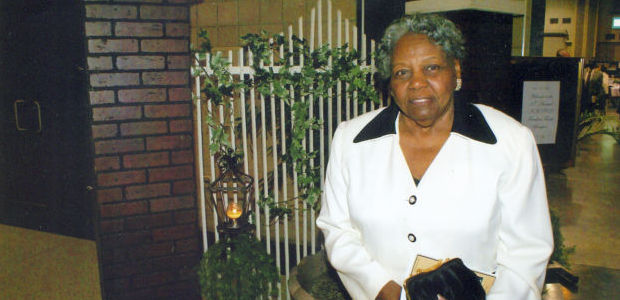
Terrebonne, St. Mary ban fireworks; limited use in Lafourche
July 2, 2013
Court decision recalls Sugar Belt struggles
July 2, 2013An ambitious and contentious proposal to consolidate Lafourche Parish’s two road sales-tax districts might be pulled from the parish council floor.
Council Chairman Lindel Toups proposed the ordinance at the administration’s request at the last council meeting. He said he would withdraw the measure at the next meeting, July 9, if the administration asks him to.
“I think we need to look into it a little more,” Toups said on Monday. “I think we jumped the gun a little bit on it.”
Parish President Charlotte Randolph told reporters last week she would ask Toups to withdraw the proposal.
Currently, the parish is divided into two road sales tax districts. District A, with a 1 percent tax rate, begins at Valentine and encompasses everything north excluding the municipalities Lockport and Thibodaux. District 2, at 0.5 percent, includes all of Lafourche south of Valentine, even Golden Meadow. Revenue from both sources can be spent on public roads, bridges and drainage work.
The administration’s proposal would have consolidated these districts under one termed “District B.” It would set a roads, bridges and drainage tax at 1 percent throughout the parish – though still excluding Lockport and Thibodaux – and permit all revenue from the district to be used to pay down the old districts’ debts.
Taxing ordinances require a two-thirds council vote (six) before they can be presented as a referendum to impacted parish voters. Both councilmen who represent RSTD-2 oppose the consolidation as structured.
Councilman Daniel Lorraine, who considers himself a steward of the parish’s southern road sales tax district, said he doesn’t support the plan because it raises south Lafourche taxes and reroutes the revenue.
“We’re satisfied with our half a penny,” Lorraine said. The 30-year councilman said prior to RSTD-2’s incorporation, roads in south Lafourche were in deplorable condition because not enough revenue was trickling down the bayou. He and multiple southern residents voiced apprehension that a consolidated tax district would restore that imbalance.
Lorraine also said it would be “unfair” for heightened south Lafourche taxes to be applied to obligations from a newly minted bond in north Lafourche.
Earlier this year, the council bonded $22.5 million against future District A revenue. Roughly $14.6 million in spending from that amount was authorized for road repairs and drainage projects. There are no existing debts in District 2.
Such a move would unify the parish, Randolph and the plan’s supporters argued.
Councilman Phillip Gouaux said the southern and northern areas of the parish are interrelated on various levels. Where south Lafourche’s revenues are spiked due in part to Port Fourchon’s activity, many port employees live and travel through north Lafourche. “We need to be one parish,” he said.
From 2000 to 2010, Lafourche Parish’s population grew by 7.1 percent, the most in the Tri-parish area, according to Census figures. The data collection points in south Lafourche – Larose, Cut Off, Galliano and Golden Meadow – reported 2.9 percent growth against 8.4 percent everywhere else.
“We need to look 20 years in the future,” Toups said.
Councilman Jerry LaFont, the second RSTD-2 councilman, staunchly opposes new taxes. “I’m for consolidation,” he said, “if it lowers the costs. … I will not support a tax.”
In addition to keeping the tax even throughout the district, the additional 0.5 percent is needed in south Lafourche to ensure that the parish can actually build cost-intensive projects. Salaries and fuel prices eat up a lot of the current revenues, the parish president said.
“We’ve been relying on (oil-and-gas) royalty for a long time,” Randolph said.
District 2 was created in 1997 at a rate of 1 percent. Ten years later, voters agreed to roll the tax back to 0.5 percent for a 20-year period.
District A was created in 2007 as a consolidation of existing districts 3, 5 and 6. It is authorized to collect until 2027.
At equal rates, District 2 collections would outpace those in District A. This year through May, RSTD-A collected $1.7 million, while RSTD-2 brought in $1.4 million.
RSTD-A has collected on average $303,526 per month since January 2011. For the sake of comparison, if RSTD-2 levied the same tax, its monthly collections over that time would average $473,581.
In order to present the consolidation proposal to voters on the October 19 ballot, the council would have to approve the measure no later than its July 15 meeting.







